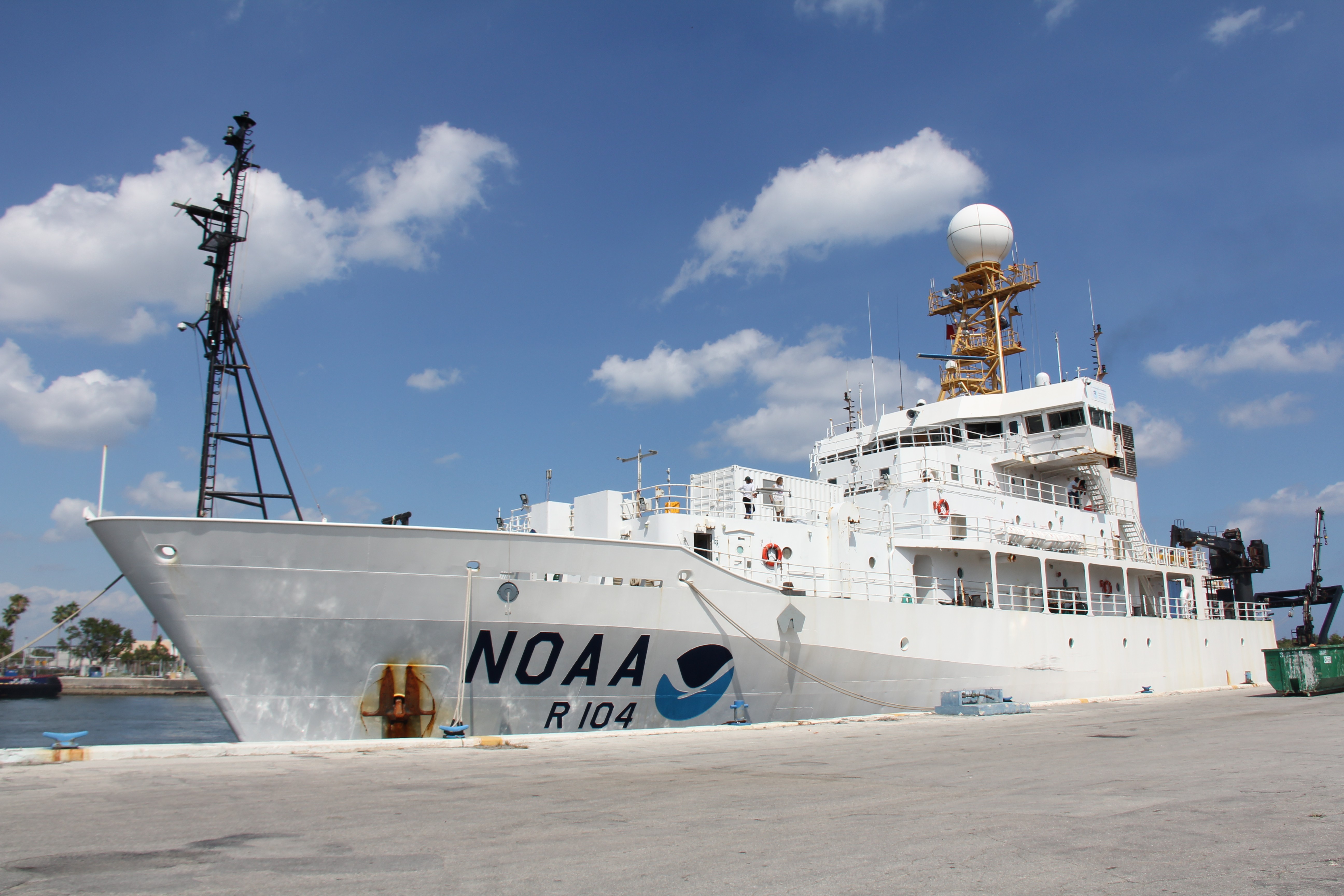Indian Ocean Hydrographic Research Cruise Allows Scientists to Sample for the First Time Since 1995
NOAA and partnering institutions will embark on a two-month research cruise in the Western Indian Ocean from April 23 to June 6. From Durban, South Africa to Goa, India, the Global Ocean Ship-Based Hydrographic Investigations Program (GO-SHIP) IO7N cruise is part of a world-wide initiative to monitor the ocean basins from coast to coast and top to bottom, to explore how oceanic properties change overtime. This is the first occupation of IO7N since 1995, and the scientists onboard are eager to learn how the state of the Western Indian ocean has changed over the last 23 years. Follow the cruise blog for live updates from the ship!

Existing observations show that Indian Ocean surface water temperatures have been increasing since the 1970’s. But has the deep ocean warmed? Have the regional concentrations of dissolved oxygen, carbon dioxide, or nutrients changed? Has the western Indian Ocean become more acidic? These and more questions will be addressed by scientists after the completion of this cruise.
Our technological ability to monitor the state of the ocean has greatly advanced over the last few decades. Nowadays, we are well equipped with Earth-orbiting satellites, a global array of profiling floats, drifters, and other autonomous devices. So, you may ask yourself: Why do oceanographers still go to sea?
While these new technologies gather an enormous amount of information, modern observing systems also have limitations. Satellites can only see the surface of the ocean, floats and drifters are separated by hundreds of kilometers, measure only a limited number of parameters, and most of autonomous devices cannot sample deeper than 2000 meters. Therefore, ship-based hydrography still remains the only method for obtaining high quality, ocean-wide, top to bottom measurements of a full suite of essential physical, chemical and biological variables. Scientists also use research cruises as an opportunity to deploy new autonomous devices and to validate satellite measurements. During the cruise, researchers are planning to complete 132 stations, where they will collect water samples to be analyzed for oxygen, nutrients, salinity, dissolved organic carbon, alkalinity, pH, and other parameters, and compare them to those measured in 1995.
Indian Ocean: What We Know Pre-Cruise
- Warmest ocean on our planet, upper ocean heat content steadily increasing since 1970’s, heat has started to penetrate into deeper layers
- As water warms, it expands and sea level rises: river deltas and low lying island nations in Indian Ocean region are particularly vulnerable
- Ocean warming intensifies the global water cycle, influence the monsoon dynamics, impact humidity and rain, and the occurrence of extreme weather
- Absorption of carbon dioxide from the atmosphere leads to ocean acidification, which affects marine life
- On the other hand, higher sea surface temperatures reduce the uptake of carbon dioxide from the atmosphere and enhance the rate of increase in atmospheric CO2.
- Warmer water reduces oxygen solubility, and the Indian Ocean features an oxygen minimum zone, which can be expanding
- The largest process of deoxygenation impacts all aerobic marine life.
Author: Sierra Sarkis
